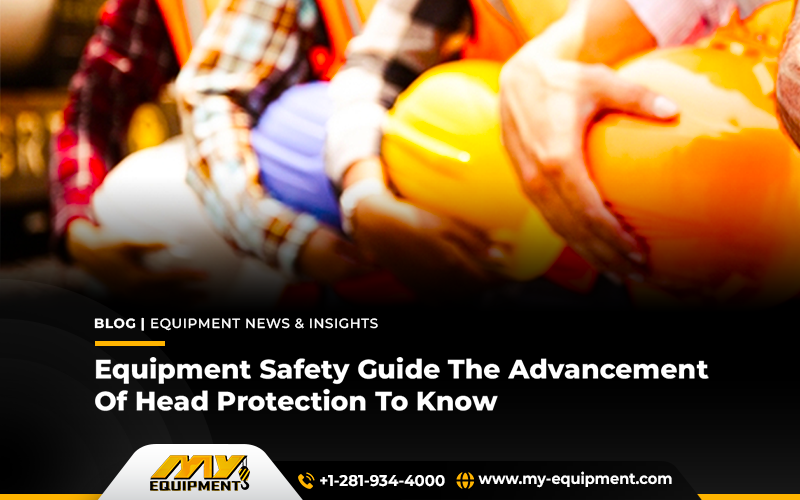The fast-paced and challenging routine of the construction industry requires high levels of safety measures. Within the last 5 years, all the small to big contractors have opted for approaches that exhibit labor safety to the core.
Having said that, head safety via helmets and hard hats is prevailing in the heavy equipment industry.
Occupational Safety and Health Administration (OSHA) plays a significant role in endorsing the shift of heavy equipment suppliers from disrupting traditional hats to advancing safety helmets.
In the recent movement of uplifting conventional heavy equipment-using practices, OSHA replaced the usage of traditional headwear with modern headwear. What fuels this change was the 6% fatality rate recorded in the previous year by the Bureau of Labor Statistics.
The Difference Between Traditional Hats And Modern Safety Helmets
The traditional hats were not sufficient enough to protect workers on site due to the lack of chin straps and firm head support. The lack of chin strips makes the hats vulnerable to falling off in the event of trips or slips. Those hats were also suffocating in terms of storing heat inside and creating no room for ventilation for the wearer.
OSHA’s Take On Advance Safety Helmets
With these limitations, OSHA emphasized the need to introduce advanced helmets to enhance the head safety of onsite workers operating heavy construction equipment.
The safety and health data bulletin in November 2023 raised this issue, highlighting insufficiencies in head safety.
Generally, the head protection equipment is classified under ANSI Z89.1 (American National Standard for Industrial Head). Type 1 covers traditional hats, while elements of type 2 have undergone testing for front, back, side, and chin strap stability, ensuring complete head protection.
As per OSHA’s compliance, all heavy equipment owners must equip themselves with relevant parts and safety attachments to maximize operational productivity as well as decrease the risks of fatalities.
The Need To Switch Towards Safety Helmets
The addition of safety helmets over traditional hats covers all the loopholes. Designed under type 2 of ANSI Z89.1 for maximum impact protection, safety helmets feature firm and comfortable chin straps. Helmets serve as safety accessories enhancing various construction modes.
It has also created hype among heavy equipment and part manufacturers due to high demand and popularity among users.
The Safety Benefits Of Advance Headwear
Safety helmets are further classified under the category of full-brim style hard hats. It helps in retaining extra sunlight, rain, dirt, or materials that workers are prone to witness on construction grounds.
The additional sun protection makes it an ideal fit for operators preventing them from heat strokes. So now with safety helmets workers can experience an impact-free, high-protection, weather-resistance hat that will positively impact their day-to-day operational input.
Moreover, according to the strict safety complaint policy by the U.S. government contractors are prioritizing the need to have safety helmets over traditional hats. The type 2 categorization of safety helmets helps in mitigating real-world construction safety hazards.
However, the availability and pricing of these safety helmets are still a concern for small business owners but with high demand several manufacturers are up to increase the supply at reasonable rates.
On that note, if you want to increase the efficacy rate of your heavy equipment, visit MY-Equipment.com for quality parts and attachments today! As a heavy equipment supplier here you can also see expert advice to maintain the health and safety of heavy machinery.
Takeaway
The integration of safety helmets over traditional hats in the construction industry holds a bright future while enhancing sustainable safety parameters.
Since the industry is shifting towards prioritizing labor safety, the inclusion of safety helmets will help them gain state-level certifications for abiding with high standard safety compliances.
Additionally, taking up advice from safety professionals, relevant training, strict compliance with wearing safety gadgets, and pure commitment to ensure workplace safety are not compromised at any cost.


 1400 Broadfield Blvd, Houston, TX 77084,
USA.
1400 Broadfield Blvd, Houston, TX 77084,
USA.